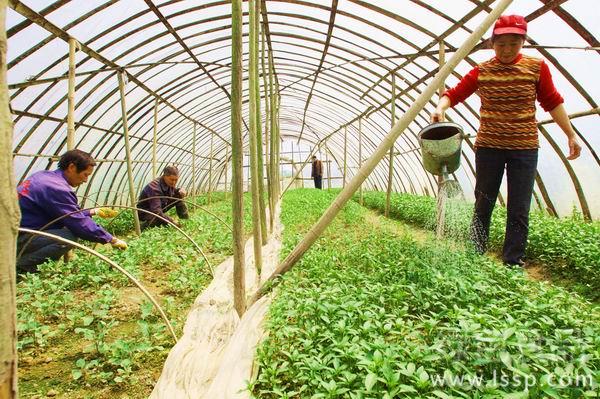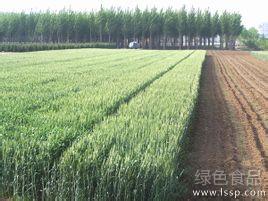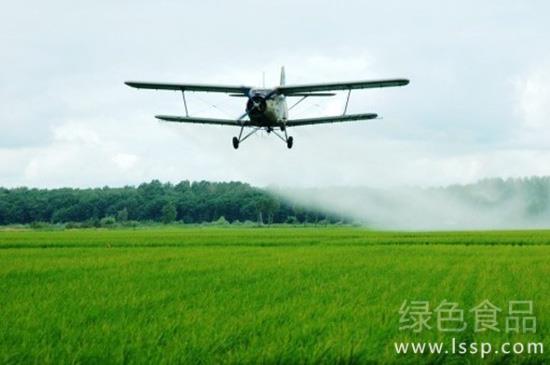Technical suggestions on vegetable management with wide range of temperature change in winter

Greenhouse vegetables
Since the beginning of autumn this year, the temperature has changed greatly, the temperature is low, and there are more times of haze days. For greenhouse vegetables, greenhouse vegetables and open field vegetables, vegetable farmers should do a good job in cultivation and management.
1. Field management of greenhouse vegetables in autumn and winter.
Eggplant fruits and melons planted in the greenhouse twice a year have entered the middle and later stages of fruit harvest, so it is necessary to apply fertilizer in time to promote growth, apply diammonium phosphate 15-20 kg per mu, apply with water or spray the leaves with 0.2% urea + 0.2% potassium dihydrogen phosphate mixture, and cover it with greenhouse film before the early frost to avoid freezing damage. The second harvest of greenhouse vegetables planted three crops a year is nearing its end, and now is the critical period for sowing overwintering spinach and fennel. It is necessary to adjust soil moisture to prevent drying after sowing. New Year's Day can flexibly control the time on the market before and after the Spring Festival according to the market.
II. Field management of vegetables in solar greenhouse
The suitable temperature for root growth of fruits and vegetables is about 25 ℃. On the basis of early watering in solar greenhouse, overwintering fruits and vegetables generally do not water without drought. When watering, we should look at the sky, see the seedlings, measure the ground temperature, and release air and moisture in time. Topdressing should be based on crop appearance and growth period, timely topdressing according to the requirements of balanced fertilization, and avoid the application of ammonium bicarbonate, so as not to cause ammonia harm. At the same time, micro-fertilizer should be sprayed pertinently. The solar greenhouse film is easy to absorb dust in use, or it is easy to scatter grass shavings in the grass curtain, thus reducing the light transmittance of the film, especially in haze weather, it is necessary to carry out manual dust removal in time to improve the light transmittance of the greenhouse film, increase the light and increase the temperature.
III. Field management of vegetables in open field
It mainly refers to the field management of cool vegetables such as Chinese cabbage, radish, scallions, spinach, celery and so on. With the gradual decline of temperature, autumn and winter vegetables cultivated in the open field are in the vigorous growth stage and enter the harvest stage after November. Among them, Chinese cabbage and radish should not use chemical fertilizer in the later growth stage, but should be watered less or not, so as to reduce plant water content and facilitate storage. Chinese cabbage should be harvested when the daily average temperature is 5 ℃-6 ℃, generally around "Lesser Snow", that is, mid-and late November, radish should be harvested when the daily average temperature is 7 ℃-9 ℃, usually around "the Beginning of Winter", that is, in the first and middle of November, and celery is generally harvested in mid-and late November. The fresh weight of green onions reached the maximum before frost. after severe frost, the green onion leaves lost water and the weight of green onions decreased, but the weight of green onions increased. For spring onions stored in winter, the harvest should be delayed as much as possible, and the soil should be harvested before freezing in mid-and late November.
- Prev

Analysis on the Technical characteristics of "intercropping and multiple cropping" Model in Wheat Field
Analysis on the Technical characteristics of "intercropping and multiple cropping" Model in Wheat Field
- Next

Master the free agricultural plant protection technology with the advent of winter
Master the free agricultural plant protection technology with the advent of winter
Related
- Fuxing push coffee new agricultural production and marketing class: lack of small-scale processing plants
- Jujube rice field leisure farm deep ploughing Yilan for five years to create a space for organic food and play
- Nongyu Farm-A trial of organic papaya for brave women with advanced technology
- Four points for attention in the prevention and control of diseases and insect pests of edible fungi
- How to add nutrient solution to Edible Fungi
- Is there any good way to control edible fungus mites?
- Open Inoculation Technology of Edible Fungi
- Is there any clever way to use fertilizer for edible fungus in winter?
- What agents are used to kill the pathogens of edible fungi in the mushroom shed?
- Rapid drying of Edible Fungi

